Samsung Galaxy S23 vs Google Pixel 7: What’s the difference?
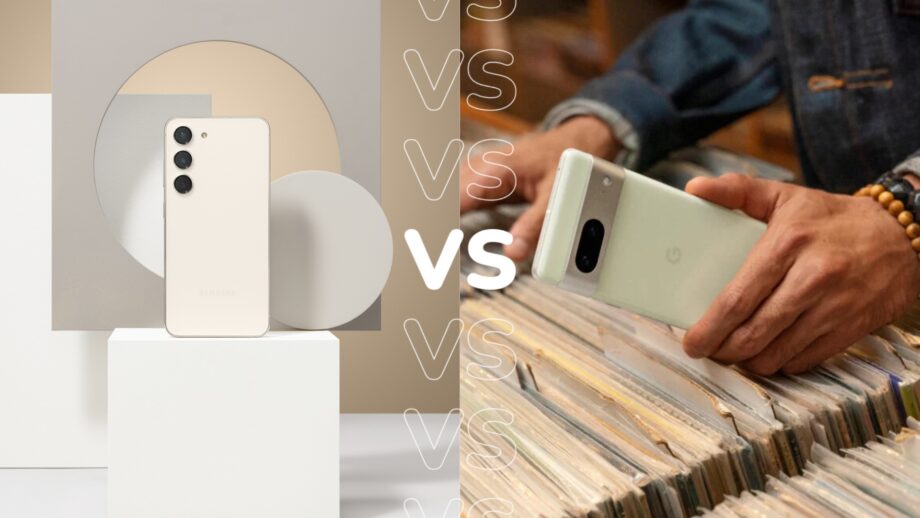
The Samsung Galaxy S23 is official, but the question is, how does it compare to the ever-popular Google Pixel 7?
The two entry-level flagships differ in a number of ways, including display size, camera offering, performance and even battery life, so the question is, which is the best for your needs? We compare the two flagships right here.
Design and screen
The Samsung Galaxy S23 and Google Pixel 7 have two different approaches to design, with Google’s smartphone offering a much more stylish design than the minimalist approach to the Galaxy S23.
That’s even more evident with this year’s Galaxy range as the S23 ditches the contour camera housing for a simple line of cameras on the rear in a bid to synchronise the look with the top-end Ultra model.
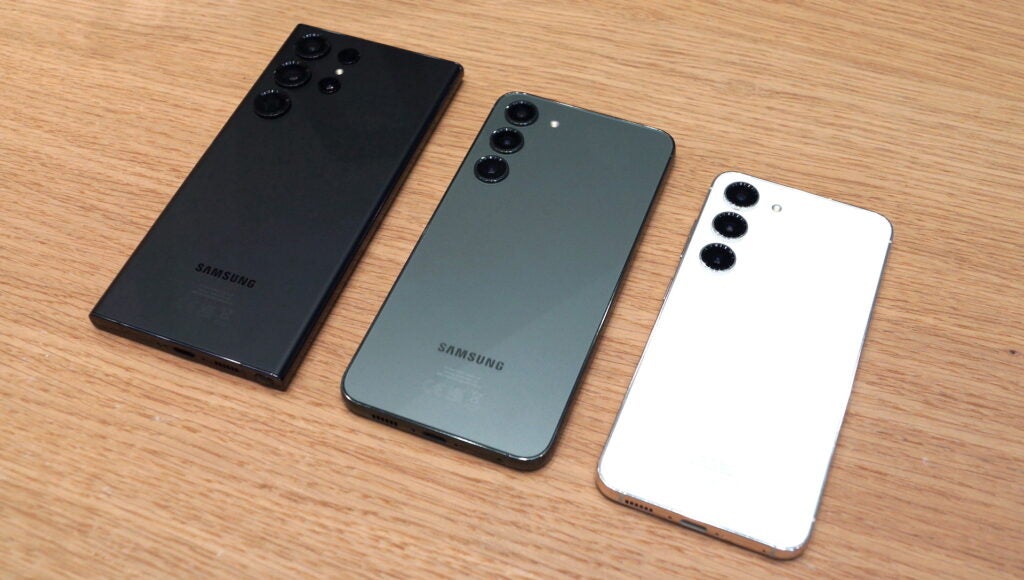
The Google Pixel 7, on the other hand, has one of the more unique camera housings on the market with a horizontal bar that’s raised from the rear of the phone housing the rear-facing camera setup.
The difference in aspect ratio – Samsung’s 19.5:9 compared to Google’s 20:9 – means that the Pixel 7 is slightly taller and narrower than the S23, though you’d be hard-pressed to notice this unless the two were side-by-side.
In the display department the Google Pixel 7 is slightly larger at a respectable 6.3-inch compared to the S23’s 6.1-inch, though it looks like Samsung has the upper hand when it comes to the display tech on offer.
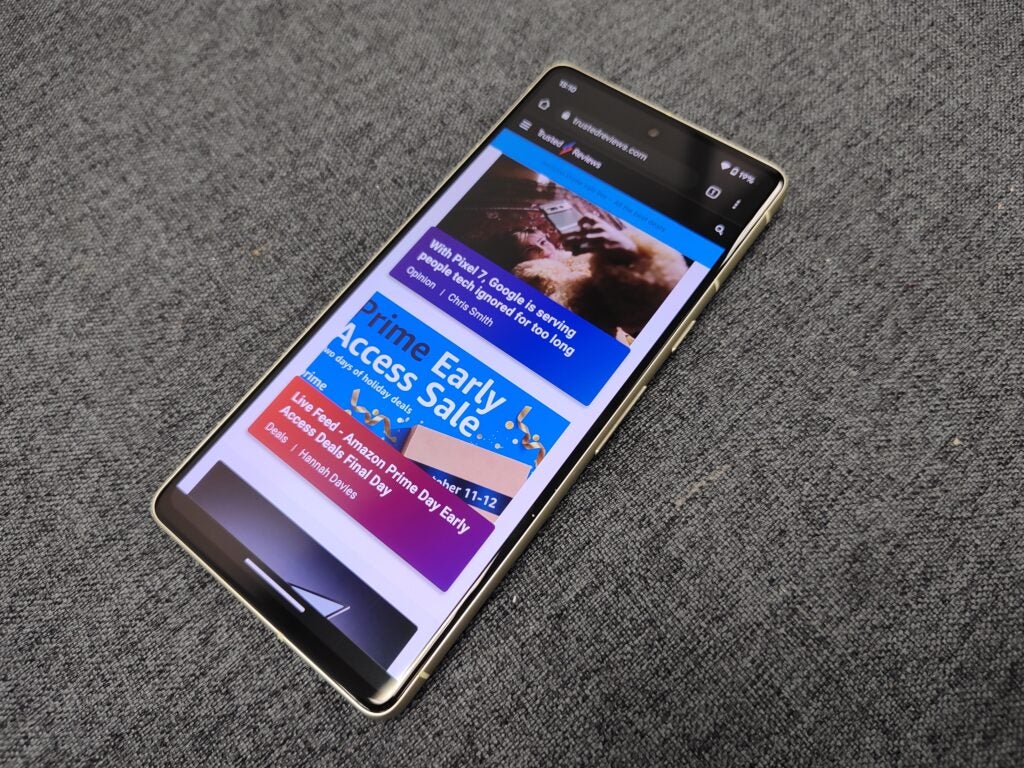
As well as Samsung’s special AMOLED 2X tech compared to the Pixel’s standard AMOLED, it has a faster 120Hz refresh rate compared to the Pixel’s 90Hz and better protection with Corning’s Gorilla Glass Victus 2, although both have support for HDR10+ content.
The slight size difference means that the Samsung Galaxy S23 should fit nicer into the hand than Google’s option, though neither is in true small-screen territory – that’s where the Asus ZenFone 9 thrives.
Cameras
Both the Samsung Galaxy S23 and Google Pixel 7 feature a similar camera setup with the S23’s combination of a 50MP main, a 12MP 120-degree ultrawide and a 10MP telephoto lens and the Pixel 7’s 50MP main and 12MP 114-degree ultrawide. The Pixel 7 doesn’t benefit from a telephoto lens for close-up shots like the S23, though the larger Pixel 7 Pro does.
The Pixel 7’s camera offering isn’t to be sniffed at though, capturing impressively detailed images and absolutely nailing skin tone reproduction in a way that most competing manufacturers have yet to crack.
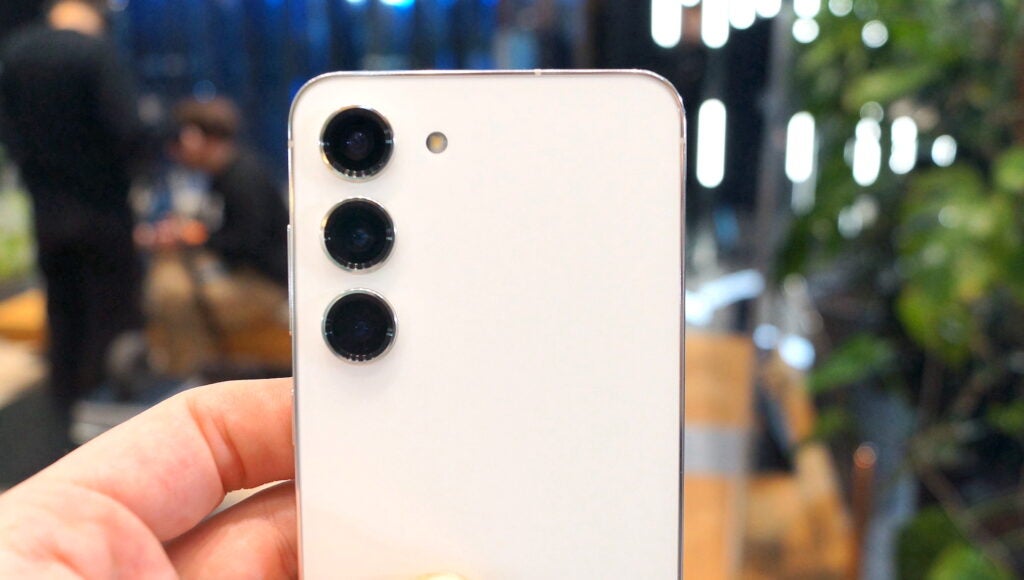
Flip the phones over and you’ll find a 10.8MP selfie camera on the Pixel 7 while the Samsung Galaxy S23 boasts a new 12MP snapper, up from the 10MP of its predecessor.
Though we’re yet to spend more than an hour with the S23, early camera tests did seem positive – it’ll be interesting to see how they compare once we take a deeper look at the Galaxy S23 in the coming weeks.
Performance
While it’s usually fairly easy to compare smartphones as many use the same Snapdragon chipset, the same can’t be said for either the Pixel 7 or Samsung Galaxy S23, both of which use rather unique smartphone processors.
The Google Pixel 7 sports Google’s home-grown Tensor G2 chipset based on a 4nm manufacturing process. While it has the CPU and GPU performance to compete with other flagships, the G2 focuses more on machine learning to enable faster speech recognition and other AI-powered features on the Pixel 7.
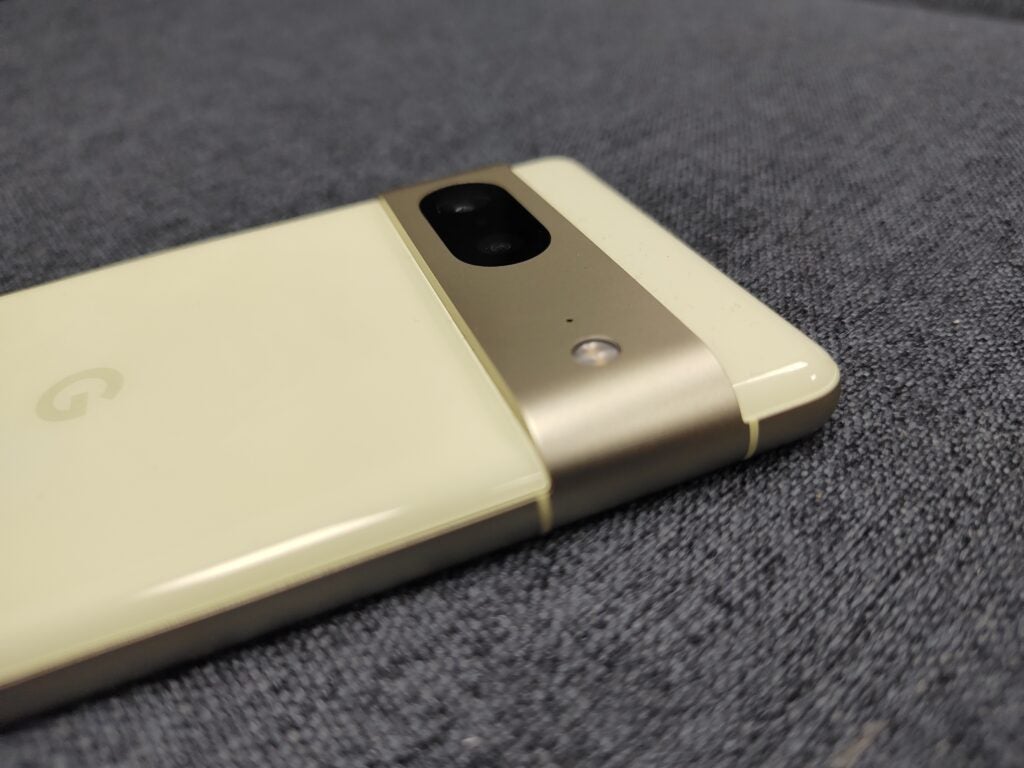
The Samsung Galaxy S23, on the other hand, sports a unique version of Qualcomm’s latest chipset dubbed the ‘Snapdragon 8 Gen 2 for Galaxy’ that, as you might’ve guessed, is exclusive to Samsung Galaxy devices.
The tweaked chipset is said to offer better CPU performance with max clock speeds at 3.36GHz compared to 3.2GHz of the standard flagship chipset, along with an Adreno GPU that’s both more powerful and energy efficient.
Combined, the S23 should feature one of the most powerful chipsets on the market in early 2023, though we’ll have to wait to run some benchmarks to confirm this suspicion.
Battery life is an area where the Pixel 7 could excel, especially considering it has a larger 4355mAh battery compared to the Galaxy S23’s 3700mAh battery that, believe it or not, is actually a little larger than that of the S22.
The Galaxy S23 will charge slightly faster though, boasting 25W charging compared to the Pixel 7’s 20W, and both support both wireless and reverse wireless charging too.
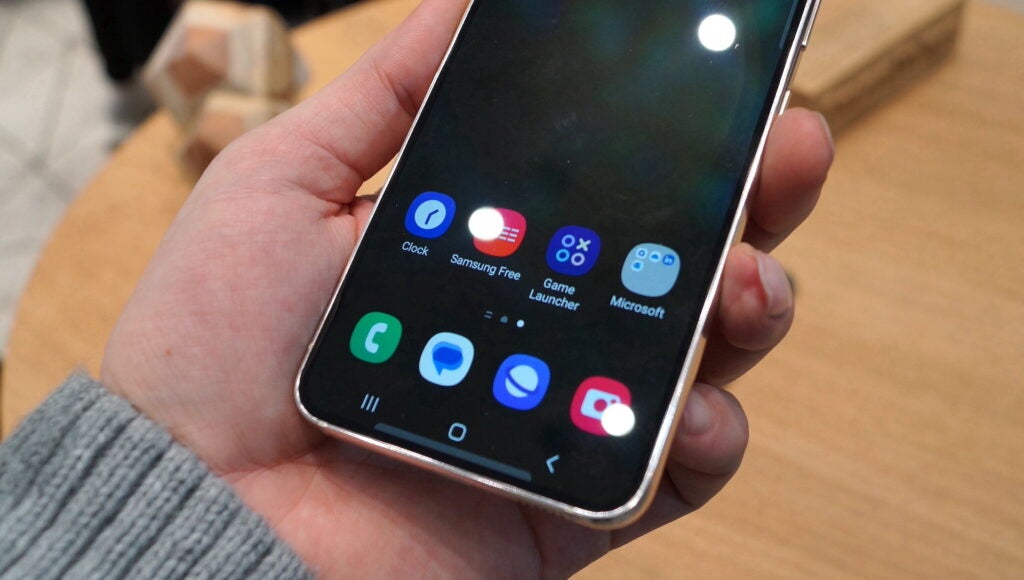
Elsewhere, both the Google Pixel 7 and Galaxy S23 run Android 13, though Samsung’s option boasts the OneUI 5.1 update compared to the stock approach Google takes.
It’s down to personal preference as to which approach you prefer – the Pixel 7 makes full use of the Material You customisation while Samsung’s OneUI introduces unique features to Android – but regardless of which you opt for, you can look forward to a multi-year OS upgrade promise to further sweeten the deal.
For reference, Google has promised three years of OS upgrades and five years of security updates for the Pixel 7 while the Galaxy S23 gets a slightly boosted four years of OS upgrades and five years of security updates.
Price
The biggest differentiator between the Samsung Galaxy S23 and Google Pixel 7 is price, with Google’s option coming in at a much cheaper price than Samsung’s latest flagship despite a similar tech offering.
For context, here’s how much the Google Pixel 7 costs:
- 128GB: £599
- 256GB: £699
And here’s how much the Samsung Galaxy S23 will cost:
- 128GB: £849
- 256GB: £899
Early Verdict
The Samsung Galaxy S23 and Google Pixel 7 both offer a top-tier flagship smartphone experience, and while we’ll reserve full judgement until we’ve had the new Samsung flagship in for review, early indications seem to point towards the Galaxy S23 being slightly more capable overall. However, with a much more premium price than Google’s option, there’s still a lot to love about the Pixel 7.


